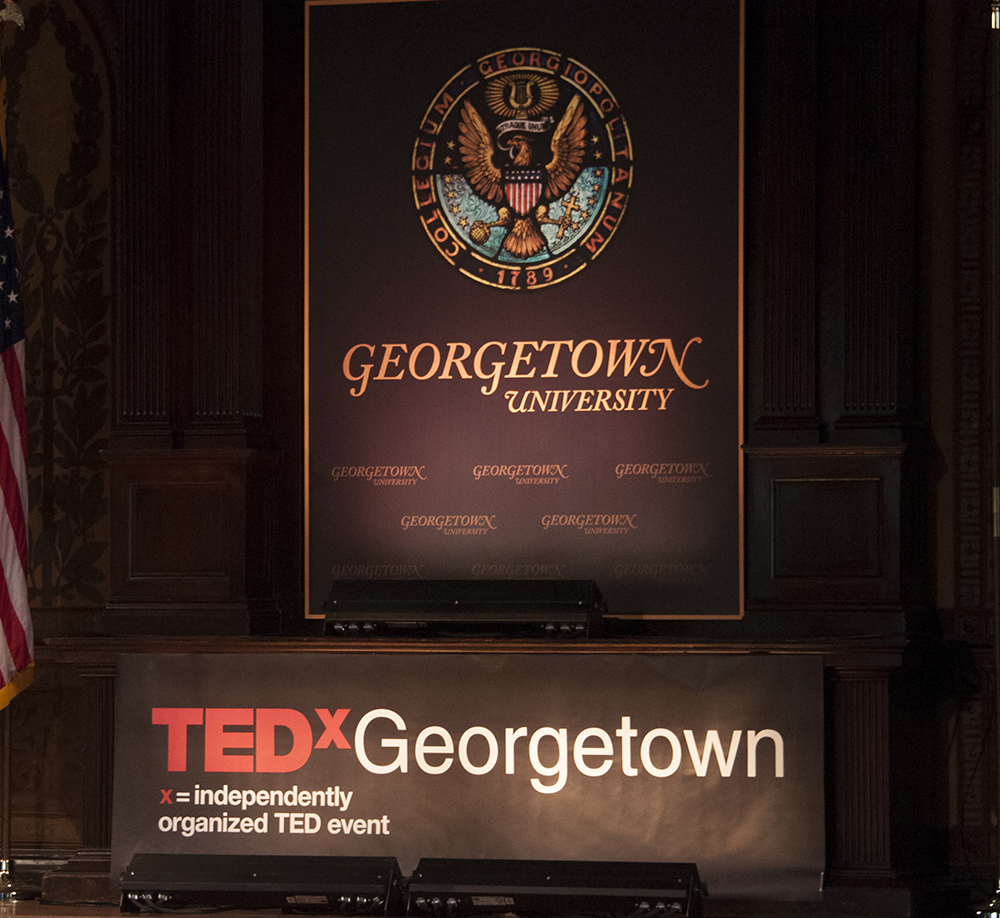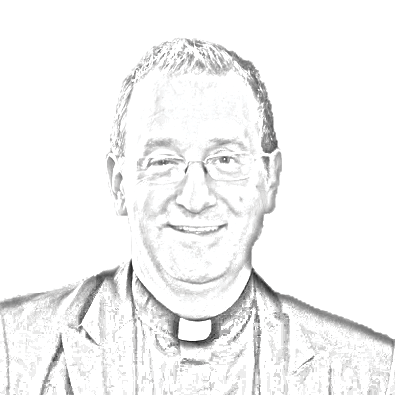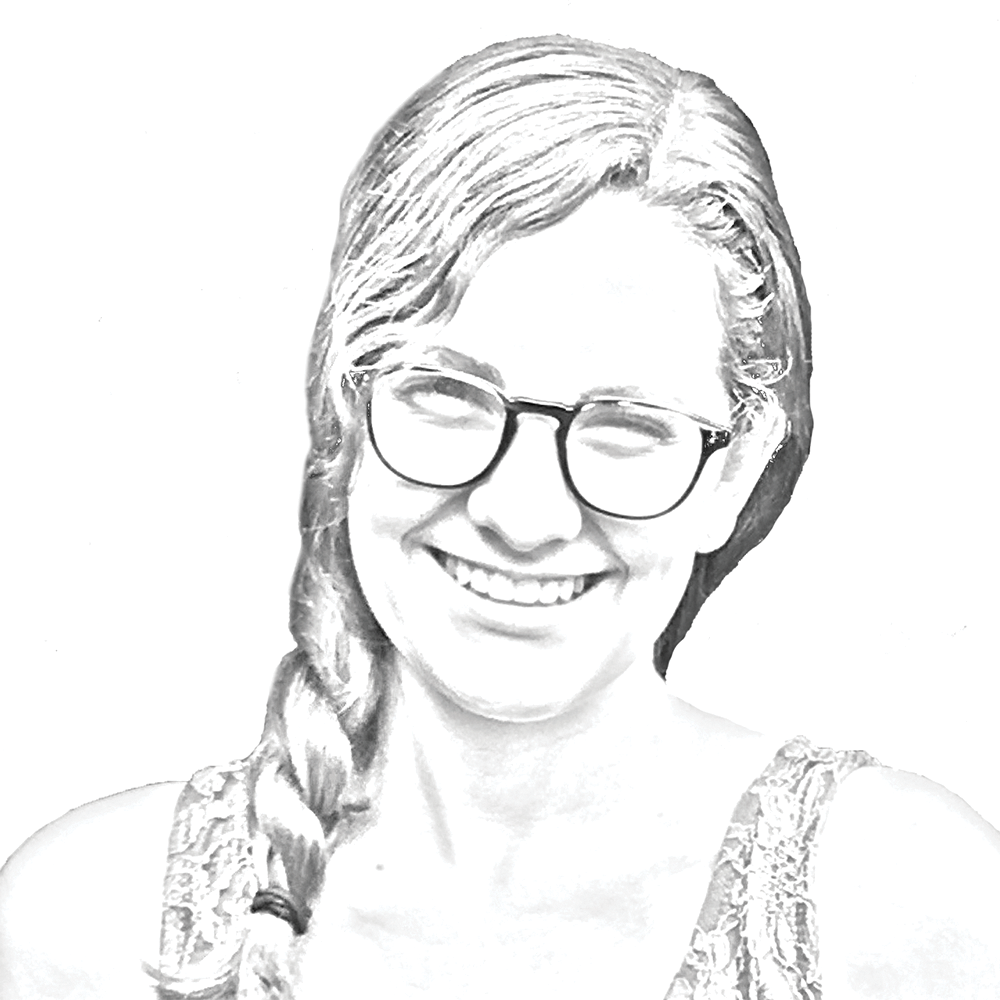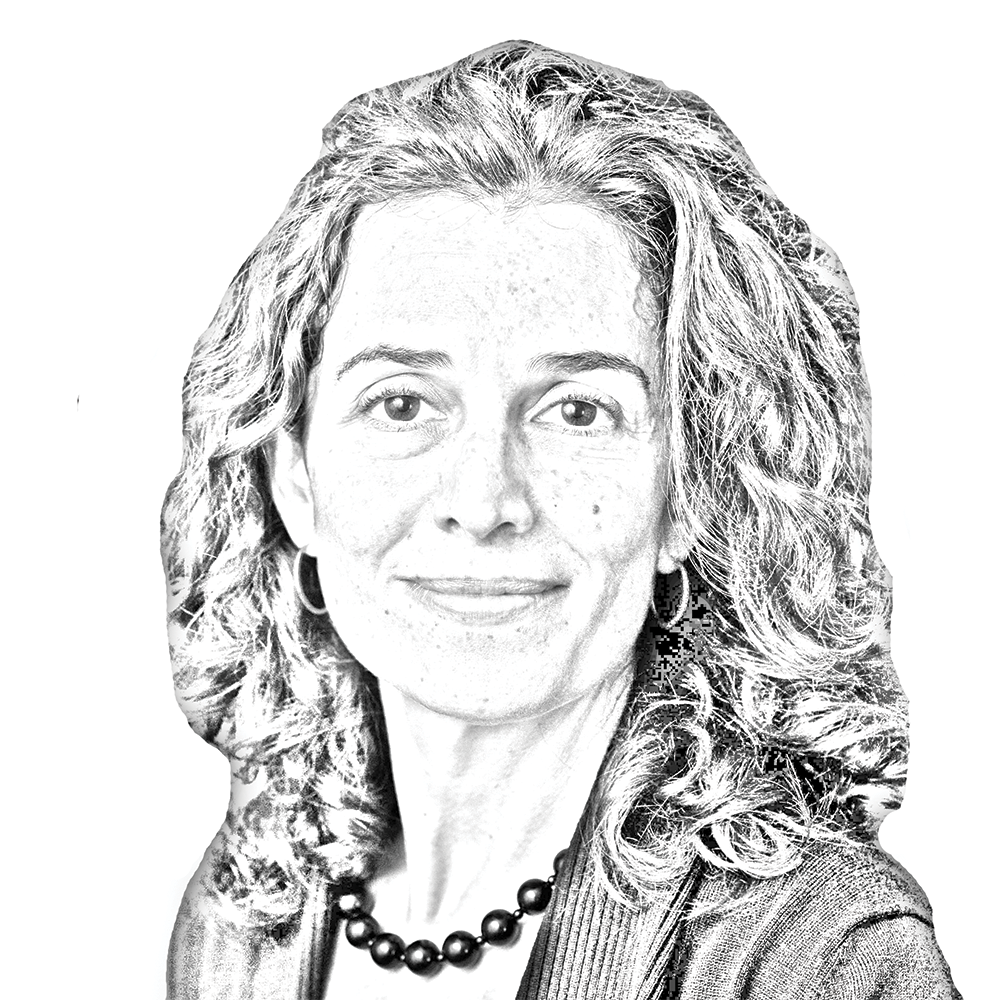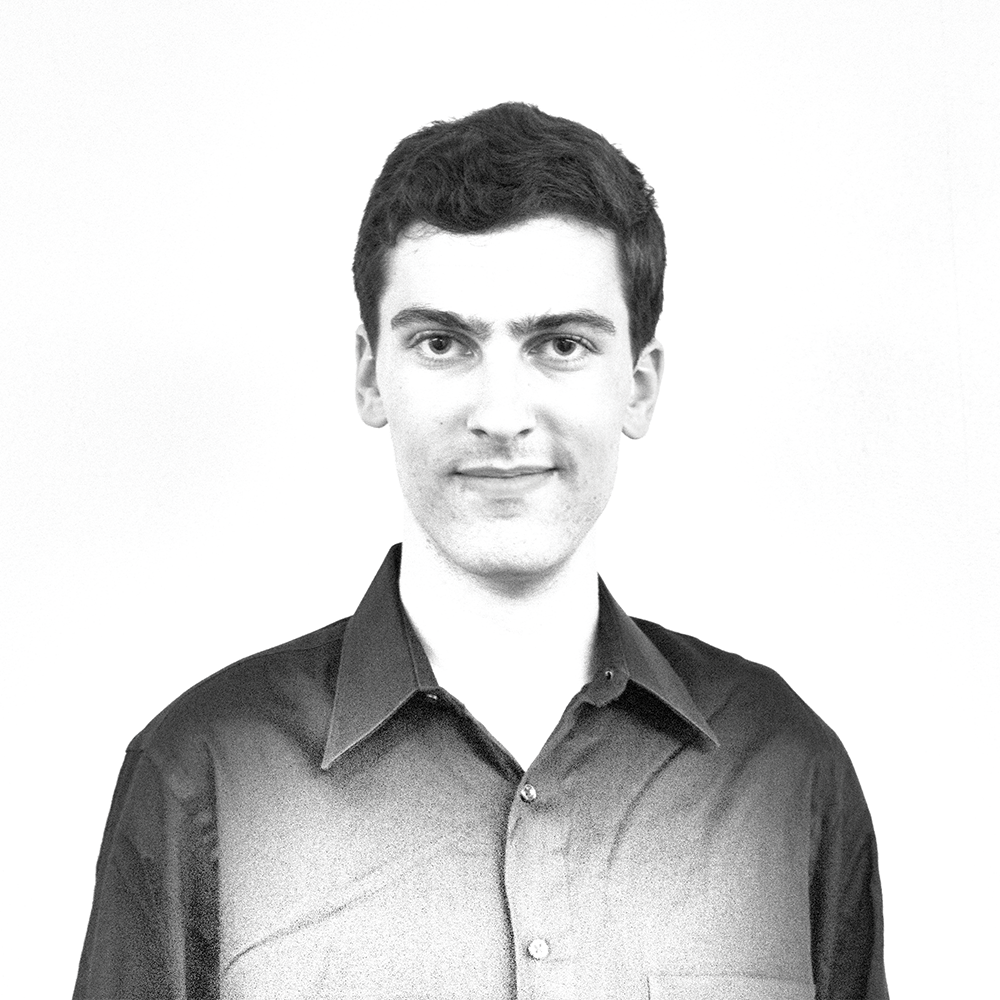For a society terrified of death, we should be proud of ourselves: In comparison to our hunter-gatherer ancestors, who were lucky to live past the age of 25, Americans currently hold an average life expectancy of 80 years. Through a combination of pharmaceutical innovation, biotechnological revolution and nutritional awareness, we have managed to delay death.
Scientific breakthroughs have helped add decades to people’s lives so that, unlike our prehistoric counterparts, we do not immediately succumb to the common cold or pneumonia. Science has also equipped us with the tools to fight debilitating illnesses such as cancer, diabetes and cardiac failure. If we develop osteoporosis, we are not necessarily doomed, thanks to calcium deposit stimulating injections.
Science has given us the privilege of living longer. However, it has not completely succeeded in improving our quality of life so that we can truly experience the world while alive. Our prehistoric relatives may have led shorter lives than we do, but they were healthy while alive. Today we live longer lives than our ancestors did, but we spend our final years sickly and incapacitated.
As a result, although the age of expiry has been extended, the resulting human cost has increased exponentially. Take the United States military for example; during the wars in Iraq and Afghanistan, soldiers have faced gruesome trauma involving gunshot wounds, improvised explosive device (IED) injuries, grenade injuries and anti-tank mine injuries, among others. Some have required extensive limb amputations and tissue reconstructions. Yet only ten percent of American soldiers wounded in the wars in Iraq and Afghanistan died. This statistic is absolutely remarkable, and disconcerting. The fact that 90 percent of soldiers injured by shrapnel, bombs, IEDs and grenades are still alive today is a testament to the phenomenal efficiency of our military medical teams. However, this leaves us with an enormous population of disabled individuals. Though science has allowed us to save and fix soldiers who lost one leg above the knee, both arms below the elbow, part of the face, or even both hands, what kind of existence can they expect to have afterward?
The brutal injuries that so many of these soldiers incur have severely decreased their independence and drastically shattered their quality of life. Many of these injured soldiers will be dependent on others, reduced to a wheelchair and unable to perform a range of functions they were once able to without a second thought. Is this reduced quality of life worth being alive?
To answer this question, we must consider what makes life worth living. I am grateful for God’s graceful presence in my life, my family, my independence and my abilities to travel to different countries, fall asleep with a fully bell each night and study the subject I adore at such an amazing, yet expensive, university. To me, these attributes add value to my life. However, for others who have been injured and cannot live independently or savor life the way they used to, is simply being alive enough?
Science has devised immediate solutions to keep hearts pumping and blood flowing, but it has not done a satisfactory job of restoring an injured and sick individual’s quality of life. Is it truly better to be immobilized in a bed under the care of a nurse until death, robbed of life’s joys than to die? These injured soldiers are certainly alive thanks to revolutionary scientific breakthroughs, but some of them have been so horribly injured that they will remain dependent on a caregiver until death. In these extreme cases, the value of being alive is questionable. Unable to lead an independent, purposeful life and perform basic cognitive functions, the vegetative status does not lead to a meaningful life — and this is where science has failed.
Yes, science can make red blood cells continue to deliver oxygen to and take carbon dioxide away from body tissues and force bodies to produce ATP, which is energy for life. However, science has taken a very insular approach to saving lives; it has shown a lack of equal consideration for the quality of life of its patients. I believe we were, certainly not in all, but in some ways, better off a couple centuries back, when people could actually live healthy lives and completely enjoy what life had to offer while alive, though they might have lived shorter lives. Science is fueling our beating hearts so we can live until 80, but many of the terminally ill, fatally wounded and elderly are spending their final years on a hospital bed, some unable to process their surroundings, care for themselves, recognize their families or walk on their own. It is our job to recognize this limitation of science, and redirect the field to focus on reinstating quality of life before lengthening lifespans.
Nikita Deshpande is a sophomore in the College. Navigating Healthcare appears every other Monday on thehoya.com



